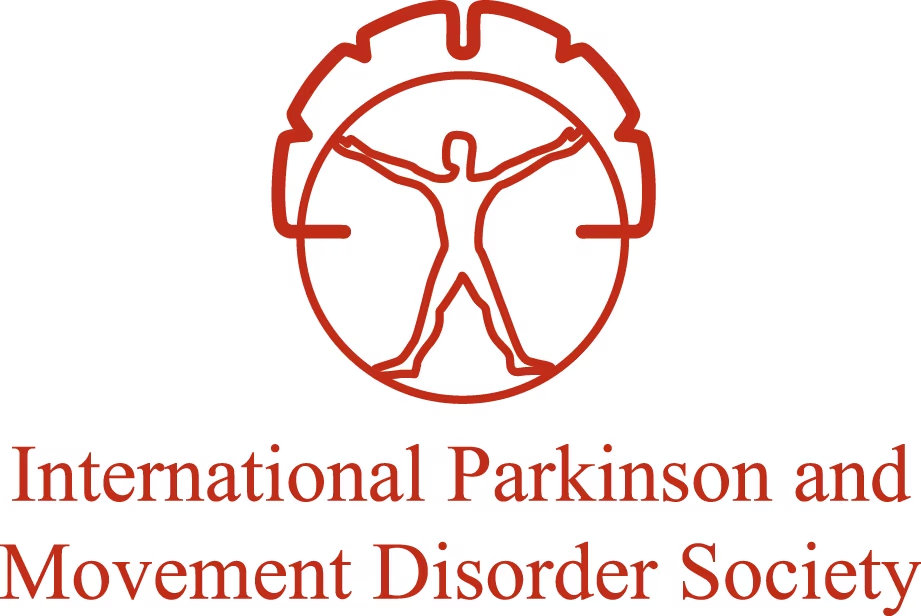Parkinson's Disease
An Introduction to Parkinson's Disease
Parkinson’s disease (PD), the most common movement disorder, is characterized by dopamine deficiency and motor symptoms, such as tremor, rigidity, bradykinesia and impaired balance; non-motor symptoms are increasingly being recognized as important too. Despite advances in our understanding of PD by functional genetics, brain imaging and biomarker detection, it remains incurable. While levodopa remains the mainstay of therapy, other treatments include levodopa plus carbidopa (oral/gel infusion), dopamine agonists, MAO-B and COMT inhibitors, anticholinergics and amantadine. Latest approvals include opicapone, a COMT inhibitor, and istradefylline, an adenosine A2A antagonist; both boost the effect of levodopa for better symptom control. Investigational approaches include disease-modifying therapies targeting α-synuclein and its pathways, immunotherapies, stem-cell therapy and non-pharmacological interventions targeting motor symptoms, including gene therapy and adaptive deep-brain stimulation.
Browse video highlights and short articles from the conference hub, providing insights into the latest updates from major conferences and peer-reviewed articles from the journal portfolio. This is complimented by a range of educational activities from our expert faculty, with patient outcomes at the forefront.
Our supporting partners do not constitute an endorsement of the content on this page.
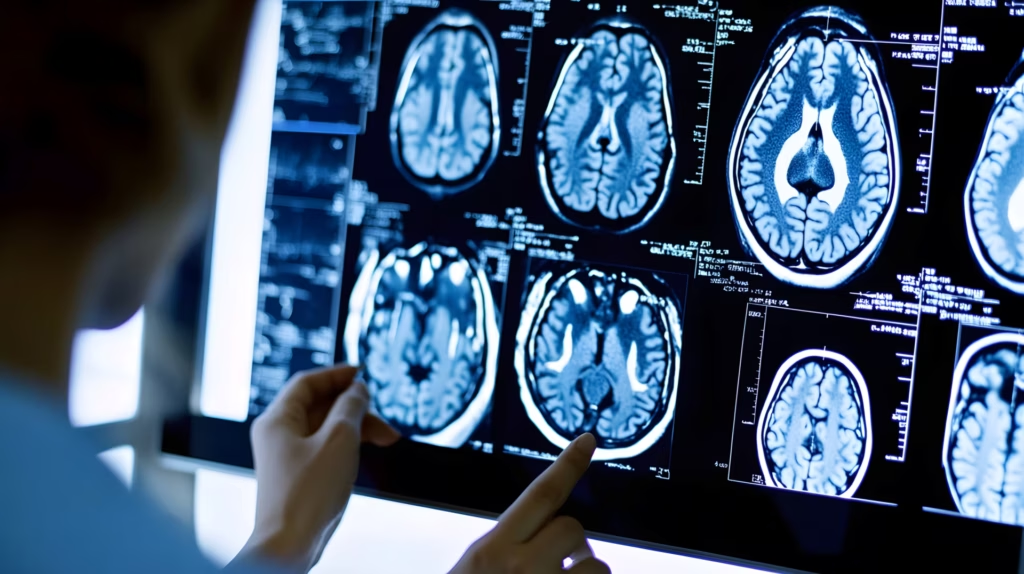
Dr Bedia Samanci is a 2025 touchNEUROLOGY Future Leader, and is already making a significant impact in the field of clinical neurology. In this Q&A we discuss advanced neuroimaging, biomarker discovery and the integration of machine learning into neurological diagnostics. Areas that promise to shape the future of patient care.
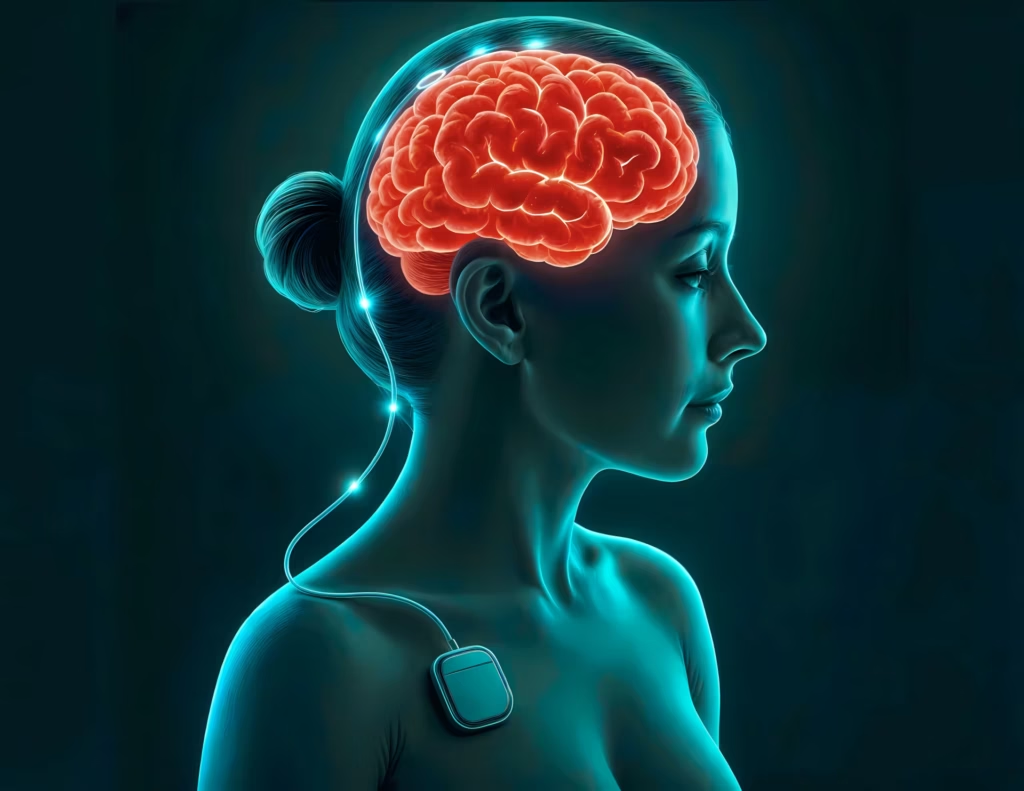
Prof. Joaquim Ferreira shares insights from EAN 2025 on the future of Parkinson’s disease care. He discusses realistic timelines for DMTs, the evolving role of gene therapy for genetic subgroups, and the potential of adaptive deep brain stimulation. Prof. Ferreira also highlights the growing importance of optimizing current treatments, interdisciplinary care, and addressing persistent challenges such as gait disturbance, dyskinesia, and cognitive decline.

At EAN 2025, Prof. K. Ray Chaudhuri shares insights into cutting-edge Parkinson's drug delivery methods, the future of biomarker-driven care, advances in managing sleep disturbances, and the vital role of lifestyle modifications in optimizing patient outcomes.

Physician burnout is at a critical point. In this episode, Nicky speaks with Dr Alfred Atanda about why so many physicians are burning out and what can be done to change the trend. From personal experience to system-wide solutions, Dr Atanda shares valuable insights on improving physician well-being and building a more effective healthcare culture.

“Your brain thrives on connection; meeting people, interacting and sharing ideas is vital for not only your individual brain health but also our species survival” In this inspiring conversation, and as part of touchNEUROLOGY’s Future Leaders 2025 series, we speak ...

In this episode, we explore the future of continuing medical education (CME) with the team behind touchIME. Hannah Fisher and Matthew Goodwin share insights into global and US trends, the importance of patient inclusivity and how educational outcomes are evolving to better measure the direct impact of learning on clinical practice and patient care.

The 2025 Annual Meeting of the American Academy of Neurology in San Diego brought together over 14,500 neurology professionals from 110 countries and all 50 US states, alongside more than 300 exhibiting companies. It was a week filled with inspiring science, learning, and global collaboration—all in support of advancing brain health for all. Among the many highlights were the late-breaking abstracts, showcasing some of the most exciting developments in neurology. From this impressive selection, we’ve chosen five standout presentations that reflect the innovation and momentum seen throughout the meeting.

The Food and Drug Administration (FDA) has approved ONAPGO™ (apomorphine hydrochloride) sublingual film for the treatment of “off” episodes in Parkinson’s disease (PD), providing patients with a new, on-demand therapy to rapidly alleviate motor symptoms when standard medications wear off.

As we move through 2025, touchNEUROLOGY remains committed to sharing the latest developments in Parkinson’s disease (PD). Our society partners at Parkinson’s Europe have outlined three key hopes for the year ahead—each representing a crucial step toward better support, understanding and treatment for the Parkinson’s community.

In this episode, we’re joined by Bradley Love, Professor of Cognitive and Decision Sciences at UCL, ELLIS fellow, and creator of BrainGPT. We discuss how this large language model is poised to assist researchers in advancing their work.
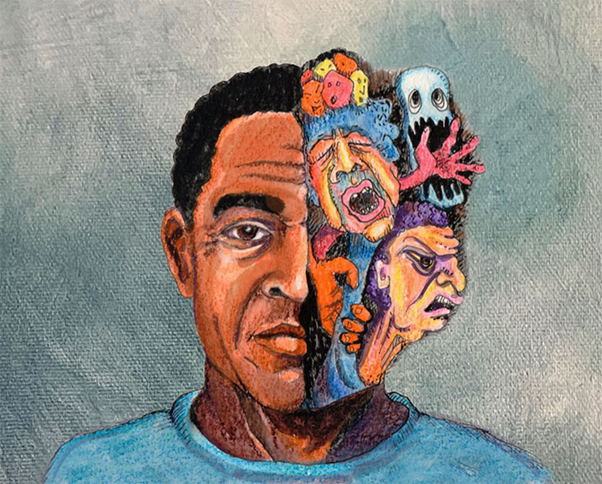
A powerful new illustrated book, What Parkinson’s Feels Like, has been released to help build empathy and raise awareness about the lived experience of Parkinson’s disease. Created by artist Barbara Salsberg Mathews, who was diagnosed with Parkinson’s in 2020, the book translates vivid descriptions from people with Parkinson’s around the world into compelling, mixed-media illustrations.
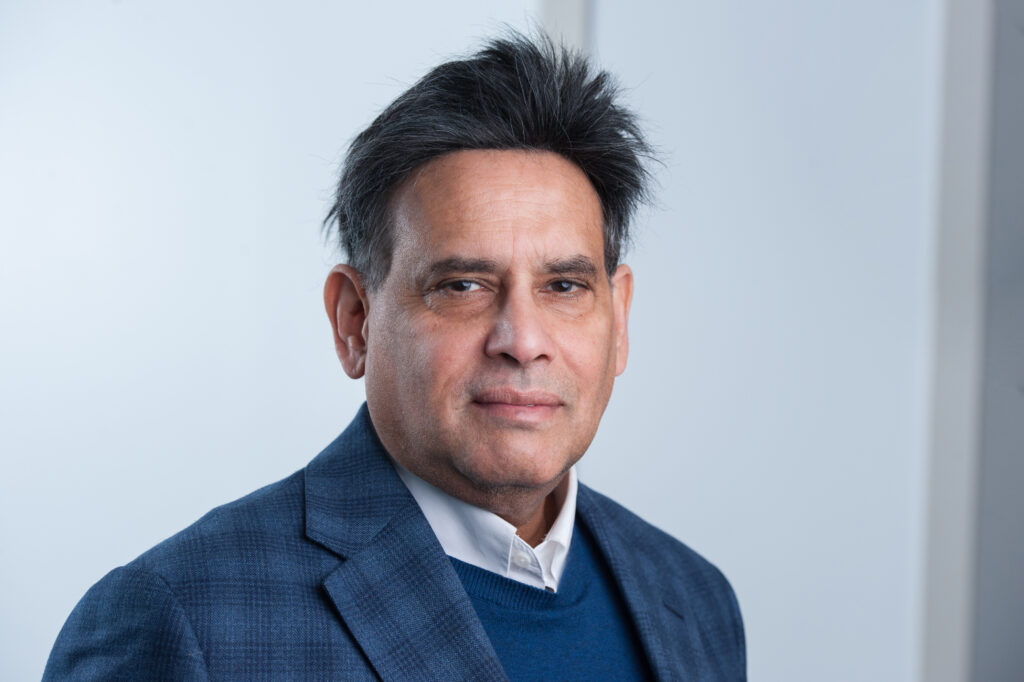
Explore ground-breaking advancements in the treatment of movement disorders in this insightful interview with Prof. K. Ray Chaudhuri, who shares his key takeaways from the 10th Congress of the European Academy of Neurology meeting in Helsinki. He discusses promising new therapies, personalized care approaches, and significant research on the staging of Parkinson's. Additionally, Prof. Chaudhuri emphasizes the importance of holistic treatment, stepped-care strategies, remote management, and the potential of wearable technology in improving patient outcomes, bringing his wealth of knowledge and insights to touchNEUROLOGY

Parkinson’s disease (PD) is a complex neurodegenerative condition that predominantly affects older people, with a rising prevalence worldwide.1,2 There are many on-going challenges and unmet needs in PD: difficulties in making an accurate diagnosis (particularly in the early stages ...

Parkinson’s disease (PD) is characterized by prodromal and clinical stages; the clinical phase is characterized by a constellation of motor and non-motor symptoms (NMS).1 Despite the extensive discussions and publications of the clinical heterogeneity of PD,2 the precise heterogeneous ...

Parkinson’s disease (PD) is a chronic progressive neurodegenerative disorder characterized by the degeneration of nigrostriatal dopaminergic neurons, with its incidence increasing globally.1 With disease progression, the benefit from medications shortens, and symptom control becomes strictly dependent on peripheral levodopa (...

touchNEUROLOGY editorial board member Prof. Angelo Antonini (Padua University Hospital, Italy) provides an overview of his top three most important updates and hot topics from the annual European Academy of Neurology (EAN), July 1–4, 2023, in the field of Parkinson's disease. He ...
Latest articles videos and clinical updates - straight to your inbox
Log into your Touch Account
Earn and track your CME credits on the go, save articles for later, and follow the latest congress coverage.
Register now for FREE Access
Register for free to hear about the latest expert-led education, peer-reviewed articles, conference highlights, and innovative CME activities.
Sign up with an Email
Or use a Social Account.
This Functionality is for
Members Only
Explore the latest in medical education and stay current in your field. Create a free account to track your learning.





